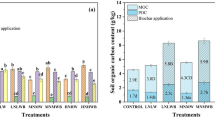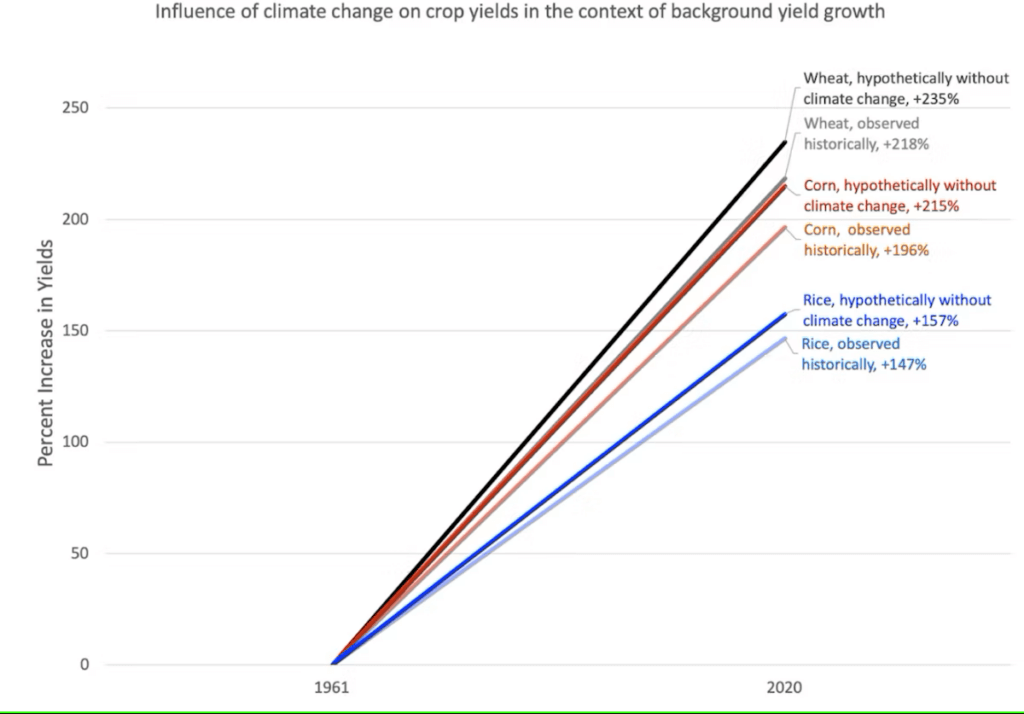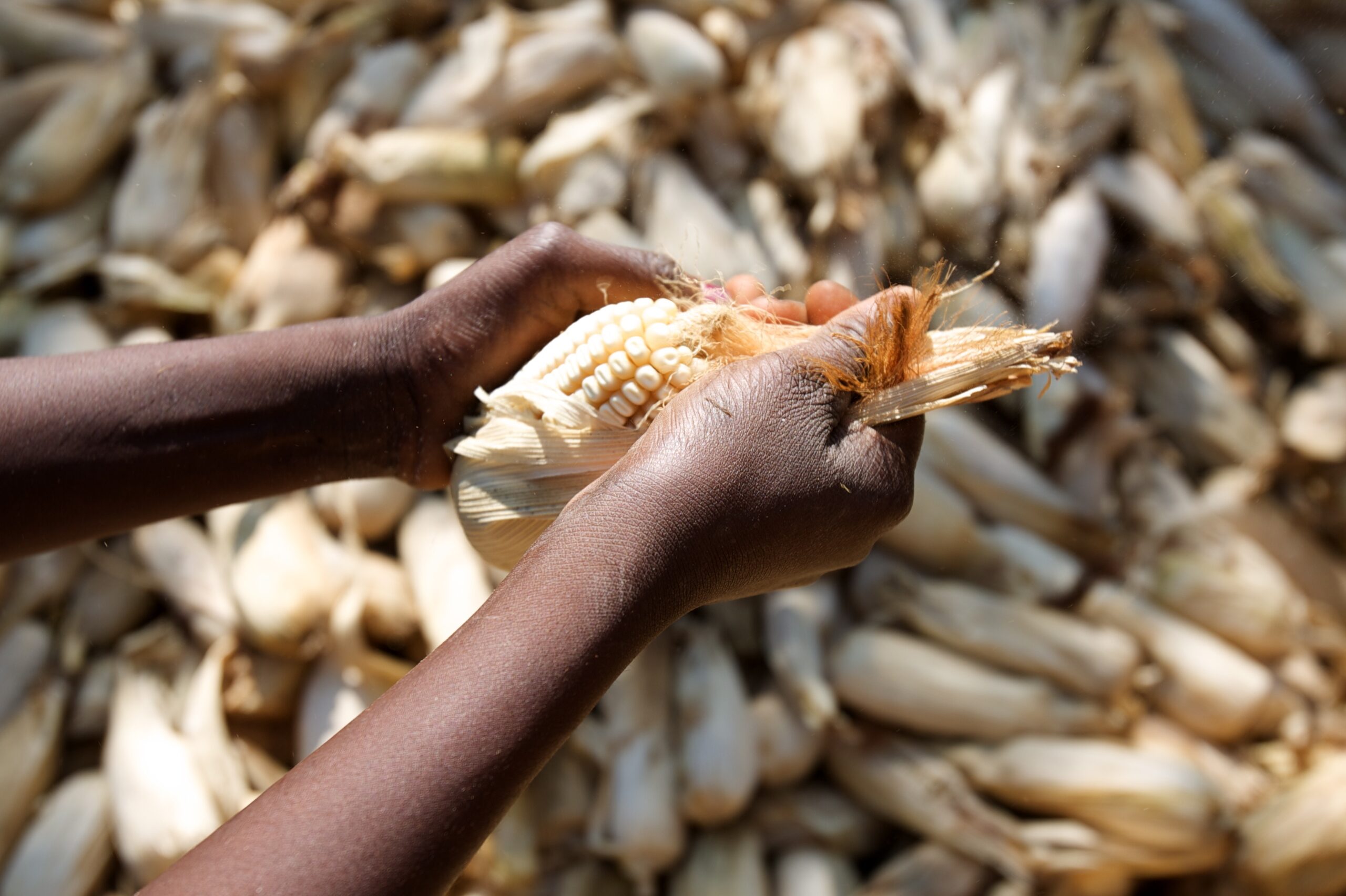Report on Optimizing Nutrient Stoichiometry for Enhanced Carbon Sequestration in Agricultural Soils
Introduction: Aligning Soil Management with Sustainable Development Goals
Achieving the Sustainable Development Goals (SDGs), particularly SDG 13 (Climate Action), SDG 15 (Life on Land), and SDG 2 (Zero Hunger), is intrinsically linked to the health and management of agricultural soils. Soil organic carbon (SOC) stabilization, or carbon sequestration, is a critical mechanism for mitigating climate change by reducing atmospheric CO₂. It also directly combats land degradation and enhances soil fertility, which is fundamental to sustainable food production. This report details a study investigating the role of nutrient stoichiometry—the balanced ratio of carbon (C), nitrogen (N), phosphorus (P), and sulphur (S)—in enhancing SOC stabilization. The objective was to determine if aligning organic and inorganic nutrient inputs to a specific humus-based C:N:P:S ratio could offer a viable strategy for advancing these key SDGs.
Methodology: A Laboratory Investigation into Carbon Sequestration
Experimental Design
A six-month laboratory incubation study was conducted using four benchmark soil series from Pakistan (Guliana, Rajar, Missa, and Balkassar) to assess SOC stabilization under controlled conditions. This approach allowed for a precise evaluation of nutrient effects on carbon dynamics, providing a foundational model for future field applications aimed at sustainable land management (SDG 15).
Treatments and Nutrient Application
The experiment was designed to test the efficacy of integrated nutrient management. Soils were amended with organic carbon sources, wheat straw (WS) and maize straw (MS), under different nutrient conditions. The core of the study involved supplementing these organic materials with inorganic N, P, and S to meet specific stoichiometric targets based on the elemental ratio of stable humus (C:N:P:S of 10,000:833:200:143). Two target levels were established for the humification of applied carbon:
- 15% Humus Ratio (WS15% and MS15%): Nutrients added to stabilize 15% of the straw’s carbon.
- 30% Humus Ratio (WS30% and MS30%): Nutrients added to stabilize 30% of the straw’s carbon.
These were compared against control treatments and treatments with only WS or MS application.
Analytical Measurements
Throughout the 126-day incubation period, several key indicators of soil health and carbon cycling were measured to evaluate the treatments’ impact on climate and land-related SDGs:
- CO₂ Efflux: To quantify carbon loss and assess the potential for reducing greenhouse gas emissions (SDG 13).
- Soil Organic Carbon (SOC) and its Pools: To measure changes in total and stable carbon fractions, indicating the effectiveness of carbon sequestration (SDG 15).
- Microbial Biomass Carbon (MBC): To evaluate the response of the soil microbial community, a key driver of soil health and nutrient cycling.
- Total Nutrients (N, P, S): To track changes in soil fertility, which underpins sustainable agriculture (SDG 2).
Key Findings and Implications for Sustainable Development
Contribution to Climate Action (SDG 13): Reduced CO₂ Emissions
The study demonstrated that balanced nutrient management significantly reduces carbon loss from soil. Treatments where nutrients were added to meet the 30% humus ratio showed the most substantial impact on mitigating CO₂ emissions.
- The MS30% treatment reduced CO₂ efflux by 39% compared to the application of maize straw alone.
- The WS30% treatment reduced CO₂ efflux by 33% compared to the application of wheat straw alone.
- Even at the lower 15% ratio, treatments (MS15% and WS15%) led to a 14% reduction in CO₂ emissions.
These results confirm that optimizing C:N:P:S stoichiometry is an effective strategy for lowering the carbon footprint of agriculture, directly supporting SDG 13 targets.
Enhancing Life on Land (SDG 15): Improved SOC Stabilization and Soil Health
The primary goal of enhancing SOC was successfully achieved through stoichiometric nutrient balancing. This approach promotes the conversion of crop residues into stable organic matter, a cornerstone of combating land degradation.
- The MS30% and WS30% treatments enhanced the stabilization of SOC by 11–25% over treatments with straw application alone.
- Microbial Biomass Carbon (MBC), an indicator of a healthy soil ecosystem, increased by 99-115% in treatments combining organic matter with inorganic nutrients compared to straw-only applications.
- The MS30% treatment consistently yielded the highest concentration of stable SOC pools (less-labile and non-labile carbon), demonstrating superior long-term carbon sequestration.
By building stable soil carbon and fostering microbial life, this management practice directly contributes to the restoration and sustainable use of terrestrial ecosystems as outlined in SDG 15.
Supporting Zero Hunger (SDG 2): Enhanced Soil Fertility
The study also confirmed that practices designed for carbon sequestration simultaneously improve soil fertility, creating a win-win scenario for environmental health and food security. The MS30% treatment, which was most effective for carbon stabilization, also resulted in the highest concentrations of essential plant nutrients.
- Total Nitrogen (TN) increased by up to 204% in nutrient-supplemented treatments compared to straw-only applications.
- Total Phosphorus (TP) increased by up to 180%.
- Total Sulphur (TS) increased by up to 242%.
This demonstrates that an integrated approach to nutrient management can build more resilient and productive agricultural systems, which is essential for achieving SDG 2.
Conclusion and Recommendations for Sustainable Agriculture
This study provides clear evidence that managing agricultural soils based on humus C:N:P:S stoichiometry is a highly effective strategy for achieving multiple Sustainable Development Goals. The combined application of organic residues and balanced inorganic nutrients, particularly targeting a 30% humification ratio, simultaneously enhances carbon sequestration, reduces greenhouse gas emissions, and improves soil fertility.
Based on these findings, the following recommendations are proposed to advance sustainable agricultural practices:
- Adopt Stoichiometric Nutrient Management: Agricultural policies and extension services should promote integrated nutrient management that aligns with the C:N:P:S requirements for building stable soil organic matter.
- Promote High-Quality Organic Inputs: The superior performance of maize straw highlights the importance of residue quality. Utilizing high-carbon organic inputs is key to maximizing sequestration efficiency.
- Translate Research into Practice: While this study was conducted under laboratory conditions, its findings provide a strong mechanistic basis for field trials. Future research should focus on validating and adapting these principles across diverse agro-ecological zones to support global targets for SDG 13 (Climate Action), SDG 15 (Life on Land), and SDG 2 (Zero Hunger).
Analysis of Sustainable Development Goals in the Article
1. Which SDGs are addressed or connected to the issues highlighted in the article?
-
SDG 2: Zero Hunger
The article’s focus on improving soil health through balanced nutrient management and enhancing soil organic carbon (SOC) is directly linked to sustainable agriculture. Healthy, fertile soil is fundamental for crop productivity and ensuring long-term food security. The study explores methods to improve the agricultural resource base, which aligns with the goal of ending hunger and promoting sustainable farming practices.
-
SDG 13: Climate Action
This goal is central to the article. The research investigates methods for “carbon sequestration” and enhancing “SOC stabilization,” which are key strategies for mitigating climate change by removing carbon dioxide from the atmosphere and storing it in the soil. The study also measures and aims to reduce “CO₂ efflux” (emissions) from soil, directly addressing the reduction of greenhouse gas emissions.
-
SDG 15: Life on Land
The article addresses the protection and restoration of terrestrial ecosystems. Soil is a critical component of these ecosystems. The study’s objective to improve “overall soil health” and understand SOC dynamics contributes to combating land degradation. By identifying methods to increase soil organic matter and nutrient content, the research provides insights into restoring degraded agricultural soils, which is a core component of this SDG.
2. What specific targets under those SDGs can be identified based on the article’s content?
-
Target 2.4 (under SDG 2)
“By 2030, ensure sustainable food production systems and implement resilient agricultural practices that increase productivity and production, that help maintain ecosystems, that strengthen capacity for adaptation to climate change, extreme weather, drought, flooding and other disasters and that progressively improve land and soil quality.”
The article directly supports this target by investigating agricultural practices (specifically, the application of crop residues and inorganic nutrients) that “improve… soil quality.” The study’s conclusion emphasizes that optimizing nutrient stoichiometry enhances “long-term soil health” and “microbial carbon use efficiency,” which are foundational elements of resilient and sustainable agricultural systems.
-
Target 13.2 (under SDG 13)
“Integrate climate change measures into national policies, strategies and planning.”
While the article is a scientific study rather than a policy document, its findings provide the scientific basis for such measures. It demonstrates a practical method—”aligning organic and inorganic inputs to maintain a 30% humus-based C:N:P:S ratio”—to enhance carbon sequestration and reduce CO₂ emissions. This kind of research is essential for developing effective, evidence-based climate mitigation strategies in the agricultural sector.
-
Target 15.3 (under SDG 15)
“By 2030, combat desertification, restore degraded land and soil, including land affected by desertification, drought and floods, and strive to achieve a land degradation-neutral world.”
The research contributes directly to this target by focusing on restoring soil health. The article notes that the benchmark soils studied had “less than 1% organic matter,” indicating a degree of degradation. The experiments show that specific nutrient management practices can significantly increase “SOC stabilization” and the concentration of “total soil nutrients (N, P, S),” which are key actions in restoring degraded soil and improving its functional capacity.
3. Are there any indicators mentioned or implied in the article that can be used to measure progress towards the identified targets?
-
Indicators for Soil Health and Quality (Target 2.4 & 15.3)
The article explicitly measures several key indicators of soil health and quality:
- Soil Organic Carbon (SOC) Content: The study’s primary focus is on “SOC stabilization.” It measures the percentage of SOC and its various pools (labile, less-labile, non-labile) as a direct indicator of soil health improvement. For instance, it reports that certain treatments “enhanced SOC stabilization by 11–25%.”
- Soil Nutrient Levels: The article measures the concentration of “total nitrogen (TN),” “total phosphorus (TP),” and “total sulphur (TS)” in the soil. The increase in these nutrients, as reported in the results, serves as an indicator of improved soil fertility.
- Microbial Biomass Carbon (MBC): MBC is used as an indicator of soil biological activity and health. The article reports that treatments “increased significantly to a range of 337.4 to 390.9 µg g⁻¹,” demonstrating an enhancement of the soil’s living component.
-
Indicators for Climate Change Mitigation (Target 13.2)
The article provides direct measurements that can be used as indicators for climate action in agriculture:
- CO₂ Efflux: This is a direct measurement of greenhouse gas emissions from the soil. The study found that optimal treatments “reduced CO₂ efflux by 39% and 33%” compared to controls, providing a quantifiable indicator of emission reduction.
- Carbon Sequestration/Stabilization: The amount of stable SOC is a key indicator of carbon sequestration. The article quantifies this by measuring “stable SOC (less labile and non-labile carbon pools),” showing that the best treatments “resulted in the stabilization of 11–25% more SOC.”
4. Summary Table of SDGs, Targets, and Indicators
| SDGs | Targets | Indicators Identified in the Article |
|---|---|---|
| SDG 2: Zero Hunger | Target 2.4: Ensure sustainable food production systems and implement resilient agricultural practices… that progressively improve land and soil quality. |
|
| SDG 13: Climate Action | Target 13.2: Integrate climate change measures into national policies, strategies and planning. |
|
| SDG 15: Life on Land | Target 15.3: Combat desertification, restore degraded land and soil… and strive to achieve a land degradation-neutral world. |
|
Source: nature.com







